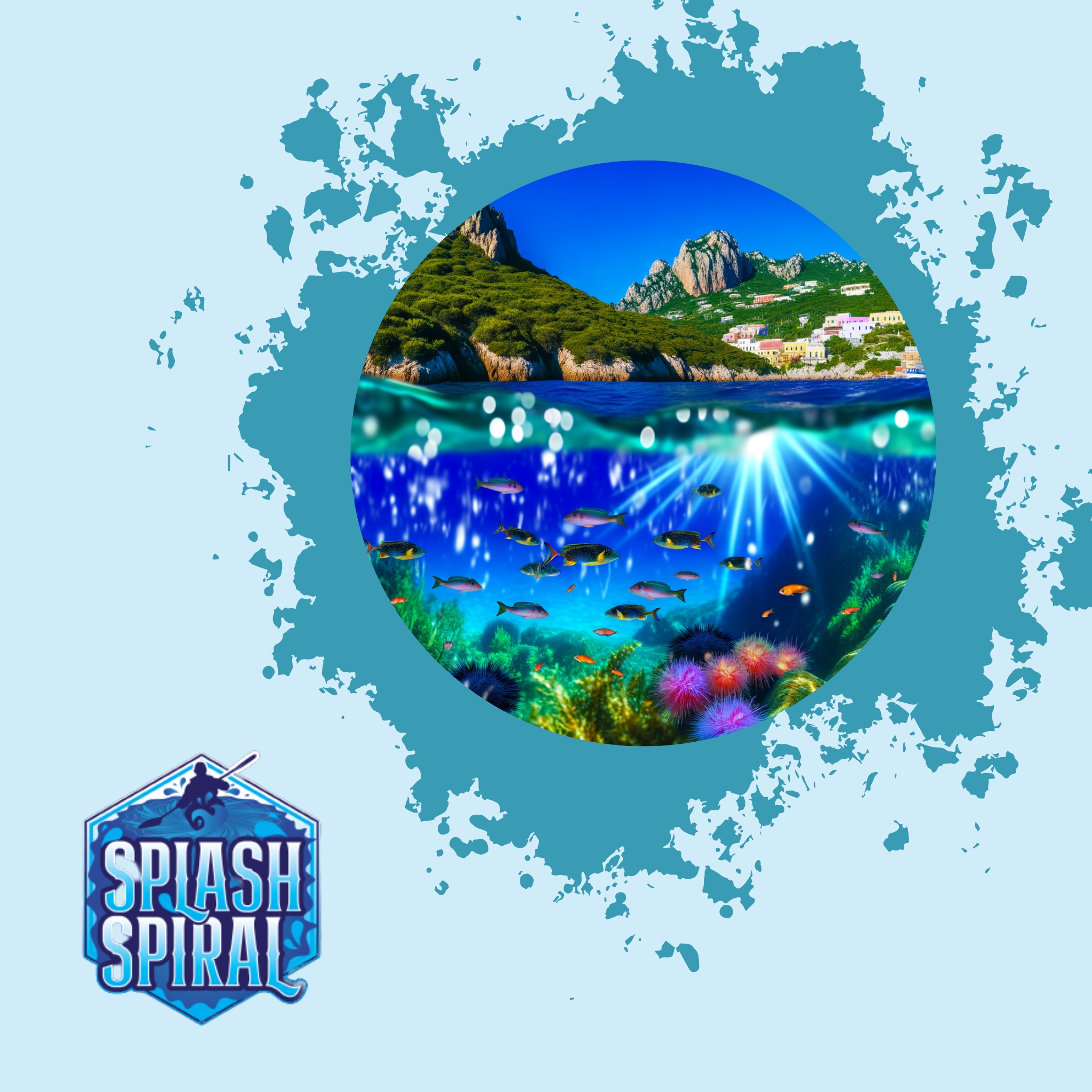
Snorkeling in the Great Barrier Reef is a bucket-list adventure for many, but diving into those tropical waters requires more than just enthusiasm and equipment. Knowing the best weather conditions can significantly affect your snorkeling experience. This practical guide takes a no-nonsense look at how weather impacts your snorkeling plans, ensuring you make the most out of your trip.
Understanding the Great Barrier Reef Snorkeling Weather
Snorkeling in the Great Barrier Reef offers a breathtaking glimpse into an underwater paradise, but getting the timing right can make all the difference. The region's climate is quintessentially tropical, which means it's warm year-round, but it does come with distinct seasons that affect snorkeling conditions in various ways.
First off, the Great Barrier Reef experiences a wet season from December to April and a dry season from May to November. During the wet season, the area sees higher humidity and potential rain showers, along with a mix of sunshine. This is also cyclone season, which can bring unpredictable weather patterns and impact your plans. Although the rain might deter some, marine life can still be quite active and vibrant.
The dry season is generally more predictable with clearer skies and milder weather, making it a preferred time for many snorkelers. However, the reef can become crowded with tourists during peak months, so planning ahead is crucial. Water temperatures remain comfortably warm, from around 23°C (73°F) in winter to 29°C (84°F) in summer, allowing for snorkel sessions without the need for wetsuits unless you prefer to avoid stingers, which are more prevalent during the warmer months.
To make the most of your snorkeling adventure, keep an eye on the weather forecasts, as they can guide your decisions on when to dive into this aquatic wonderland. Knowing when the conditions are best lets you experience the peak of underwater visibility, vibrant reefs, and diverse marine wildlife encounters that make the Great Barrier Reef a top snorkeling destination.
Seasonal Breakdown for Snorkeling at the Great Barrier Reef
Snorkeling in Summer (December-February)
- Water Temperature: Warm, often reaching up to 30°C (86°F)
- Weather Conditions: Hottest and wettest; coincides with the wet season
- Challenges:
- Heavy rainfall and occasional storms
- Reduced water clarity
- Influx of stinging jellyfish (stinger suit recommended)
- Marine Life: Vibrant with a good chance of encountering turtles and colorful fish
Snorkeling in Autumn (March-May)
- Weather Conditions: Stabilizes, with decreased rainfall and moderate temperatures
- Water Temperature: Ranges from 25°C to 28°C (77°F to 82°F)
- Benefits:
- Improved water clarity
- Calmer winds, reducing water choppiness
- Special Events: Opportunity to witness coral spawning in March or April
Snorkeling in Winter (June-August)
- Water Conditions: Minimal rainfall leading to clear waters
- Water Temperature: Drops to about 23°C to 26°C (73°F to 79°F)
- Advantages:
- Predictable weather and calm seas
- Ideal for spotting marine wildlife, such as migrating humpback whales
- Visibility: Longer days with good visibility for uninterrupted snorkeling adventures
Snorkeling in Spring (September-November)
- Water Temperature: Comfortable range from 24°C to 27°C (75°F to 81°F)
- Weather Conditions: Pleasant, warming up without summer's intense heat
- Reduced Challenges: Lower stinging jellyfish activity, making waters safer
- Marine Life Activity: Reef is vibrant with juvenile fish and active corals
Spring offers a delightful mix of conditions, providing a balanced setting for snorkelers. It's an optimal time for both beginners and seasoned snorkelers to explore the reef with ease.
Key Weather Factors to Consider
Water Temperature and Clarity
Water temperature and clarity form the backbone of a good snorkeling experience. For beginners, understanding the importance of these factors is crucial. Clear water means better visibility, which allows you to fully enjoy the vibrant marine life of the Great Barrier Reef. Murky waters can turn an exciting adventure into a frustrating search for even the most colorful fish.
Water temperature, on the other hand, affects not only your comfort but also the behavior of marine life. Warmer waters might feel cozy, but they can also lead to coral bleaching, which dulls the reef's kaleidoscopic beauty. Cooler waters, typical of winter months, can enhance visibility and keep you comfy with the right wetsuit. These conditions often lead to increased marine activity, making it easier to spot turtles or parrotfish.
Tides and Currents
Tides and currents are like the hidden puppeteers of your snorkeling session. They influence safety, visibility, and even the ease of swimming. High tides can sometimes cover the reef more effectively, reducing the risk of accidental brushes with coral. Currents can vary from a gentle carousal ride to a challenging swim, depending on the time of day and moon phase.
To make the most of your snorkeling adventure, check tide schedules. Experienced snorkelers often aim for slack tide — the period between high and low tide — when the current is minimal. This is your sweet spot for relaxed explorations without battling the ocean’s pull. Additionally, stepping into calm waters means less turbulence, leading to clearer conditions and a better chance of spotting elusive marine life.
A solid grasp of these weather factors ensures a rewarding experience, turning a simple swim into an immersive encounter with one of nature's most stunning underwater wonders.
Marine Wildlife Interactions
Weather’s Role in Wildlife Sightings
When it comes to seeing the vibrant sea life of the Great Barrier Reef, the weather sets the stage. Temperature and season are big players in determining which marine creatures you’re likely to encounter. Warmer waters in summer often draw in different species, though the water may not be as clear. You’ll see plenty of fish and coral action, but be ready for potential rain. If swimming with humpback whales is on your bucket list, winter is a prime time. Cooler waters make visibility crisper and promote sightings of larger marine life like turtles and sharks.
Spring and autumn strike a nice balance, offering pleasant water temps and decent visibility. Spring brings an uptick in reef activity, as many species become more active. It’s also a fabulous time to catch the coral spawning spectacle, a natural event not to be missed.
Each season delivers a distinct underwater cast, so align your snorkel trip with the marine life you’re most eager to see. Understanding these weather shifts helps ensure you’re at the right place at the right time for those unforgettable encounters.
Planning Your Snorkeling Trip
When planning a snorkeling trip to a natural wonder like the Great Barrier Reef, it's essential to prepare thoroughly to ensure a safe and enjoyable experience. Here's a guide to help you plan effectively.
Using Weather Forecasts
Before you pack your gear and head to the reef, checking the weather forecast should be your first move. Consider the following:
-
Reliable Sources:
- Visit websites like the Bureau of Meteorology.
- Use local apps tailored to the Australian coast.
-
Key Indicators to Look For:
- Calm winds
- Clear skies
- Optimal tide times
Knowing the forecast helps you anticipate conditions that might affect underwater visibility and safety.
Safety Considerations
Weather changes faster than you can say "reef fish." It's crucial to be ready for unexpected shifts that might compromise safety.
-
Be Prepared for Sudden Changes:
- Sudden winds or rain can make snorkeling risky.
-
Communicate Your Plans:
- Always inform someone about your plans and expected return time.
-
Snorkel Wisely:
-
Pair up and snorkel with a buddy.
-
Wear a dive flag to increase visibility to boats.
- Prioritize Safety:
- If conditions change unexpectedly, don’t hesitate to cut your snorkeling short. It’s always better to be safe on shore than caught in rough seas.
Keep these tips in your back pocket, and you'll be ready for almost anything the coastal weather might throw your way.
In conclusion, understanding the weather conditions is paramount for anyone planning to snorkel in the Great Barrier Reef. By familiarizing yourself with the regional climate and seasonal influences, you'll significantly enhance your underwater experience. Remember, different seasons offer their own unique advantages, from spotting diverse marine wildlife to enjoying unparalleled water clarity. Taking tides and currents into account will help ensure not only your safety but also an optimal viewing experience. Leveraging reliable weather forecasts can keep you a step ahead, allowing you to gear up for the conditions you’ll face. Dive into this adventure with confidence by planning meticulously, and you’re sure to have an enriching and memorable time exploring the wonders of the Great Barrier Reef.







